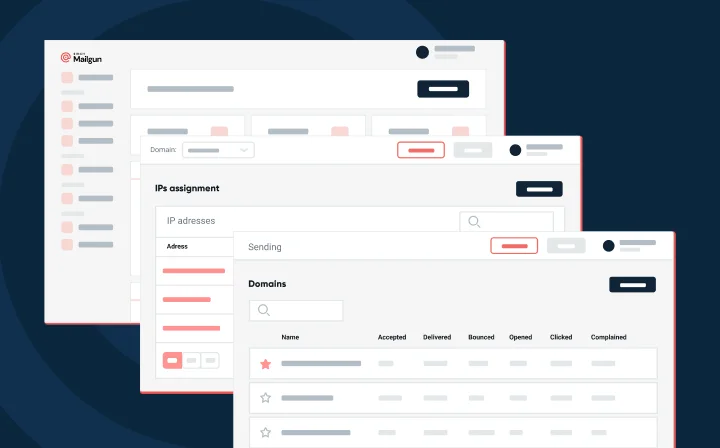Product
Weekly product update: Better handling of non-ASCII characters in routes

Product

This week, we’ve rolled out an enhancement, ok, we’ve fixed a bug, in our email parsing API, which is part of our incoming email handling system called Routes. Routes are one of our most popular features because it allows you to handle all those replies to your marketing and transactional emails. Some customers also use this incoming email handling feature to do cool things like let their customers use email to create tasks in a project management app or take part in an online discussion board via email.
When a user asks Mailgun to parse their incoming emails and POST to their app via HTTP, we parse quotations, signatures, and attachments and then post them to a webhook. If a message doesn’t have an HTML part (e.g. it was sent as plain text only) we still try to build an html part from the provided text part and post it as a stripped-html parameter (we also create the stripped-text part when an HTML-only email is received).
Recently a bug was found for this particular use case if the text part included non-ASCII characters. When this happened, they were corrupted in the stripped-html, so for example, “日本語” was transformed into “日本語”. Now the bug is fixed and Mailgun properly creates proper html from text, even with non-ASCII characters.
This seems like a good a time as any to go over what Routes enable because they are really powerful. Routes allow you to set up a series of rules on how to handle incoming messages. Specifically:
When you elect to post the message to your app, Mailgun will either send you the entire unparsed MIME message (if that’s your thing) or parse it for you and POST the parsed parameters. In both cases, we’ll transcode the message to UTF-8 because we love our customers.
Below is a list of the parsed parameters that we will POST to your app when using Routes.
You’ll need to set up your app to receive the parsed parameters. Here is a little flask app that shows you the basics so if you aren’t already, you can start using Routes to handle incoming messages!
from flask import Flask
from flask import request
app = Flask(__name__)
@app.route('/mailgun-tracking', methods=['GET', 'POST'])
def tracking():
# access some of the email parsed values:
request.form['recipient']
request.form['from']
request.form['subject']
# extended parameters
request.form['Message-Id']
request.form['message-headers']
request.form['timestamp']
request.form['body-plain']
request.form['stripped-html']
request.form['stripped-text']
request.form['stripped-signature']
return "Ok"
if __name__ == '__main__':
app.run(host='50.56.174.200', port=100, debug=True)
If you’re a long time Mailgun reader, you’ll notice that we have a new blog. Some of the new things we think you’ll like are:
We hope you like the new blog. Let us know what you think.